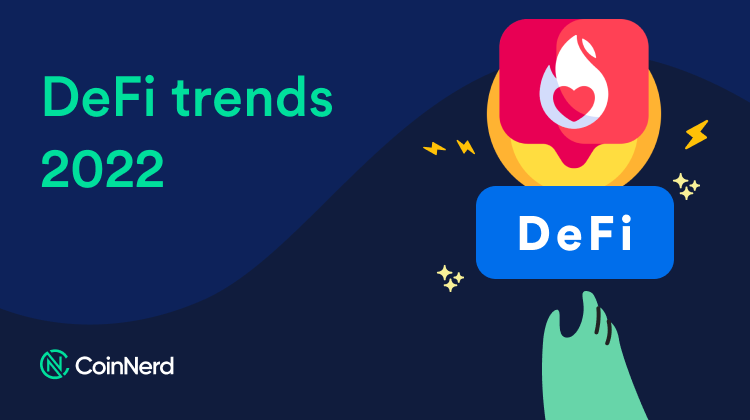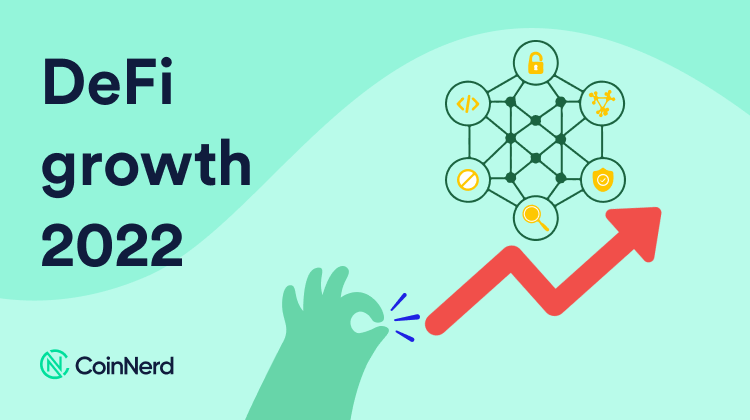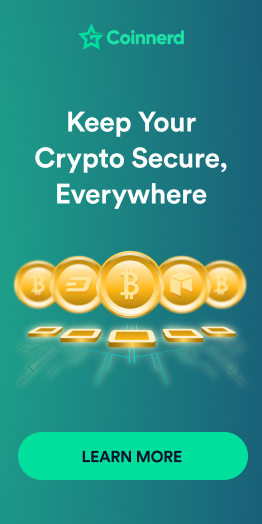What Is Defi? Will It Continue to Expand, and Will It Still Be a Major Trend in 2022
Decentralized finance (DeFi) has lately hit the world, attracting investors and traders all over. The most critical aspect of Defi is how it has helped many people make transactions with ease and keep their own money within their reach.
Defi has been most popular in 2021 because of the huge transactions taking place. It is the simplest form of payment that one can use without passing through anyone or any entity.
What is DeFi?
DeFi is the short form for Decentralized Finance. It is one of the most exciting modern applications of blockchain technology. The decentralized nature of cryptocurrency has always been one of its primary selling points. This is what makes crypto way different compared to other currencies, including fiat money.

The idea of DeFi is built on this decentralized blockchain technology, which is primarily peer-to-peer and the first of its kind in the cryptocurrency revolution. Defi is an anonymous system that uses a neutral third party or application known as smart contracts. These contracts are executed on platforms known as the DeFi protocols. The protocol connects users directly with the products and smart contracts.
Why is DeFi Growing Fast?
Decentralized finance is a payment system in the crypto industry helping people send their money to other people with ease without using a centralized bank or entity. But DeFi is more than just sending payments.
DeFi protocols also allow people to access a wide range of financial services including lending and borrowing. There are also opportunities to make money through staking or yield farming and so much more.
Many cryptocurrency owners are currently using the DeFi evolution to make money rather than just store it for future use. People continue to build on DeFi to find possible solutions to bringing down the barriers of entry in traditional finance. In essence, DeFi wants to democratize finance and make it accessible to all people.
After all, the products on these DeFi chains do not use any third-party agreements. Instead, they are automated through a protocol known as Smart Contract. Thus, the adoption of DeFi continues to grow because of the independent nature it provides by pushing away intermediaries.
It is also important to note that DeFi is by and large a very young industry. While we have seen some amazing innovations here, there is still so much more to come from this sector. This excitement and the possibility it offers has been a major driver of growth in DeFi in recent years.
Currently, cryptocurrency users can access DeFi through collective DeFi apps, the financial products running on the public blockchain like the ETH chain. But in recent years, other blockchains like Solana and Cosmos have been providing support for DeFi as well.
Smart Contracts and DeFi
As technology is progressing, the world is slowly submerging into its territory. 2021 has brought a lot of progress in the technological area, especially decentralized finance in the blockchain sector.
Decentralized finance is at its infancy stage and has contracted over $41 billion since its initiation. There are many defi platforms on blockchain technology. Some also have infrastructural failures and hacks. But all in all, the future of DeFi is so bright and this is all down to smart contracts.
The smart contract protocols provide help with something like a loan without going to banks or betting on derivatives in the recently introduced Bitcoin Future. The protocols also handle everything from swapping assets to facilitating the transactions at a small fee.
The Defi Trends in 2022
There will be a lot of stuff happening in DeFi this year. While it’s hard to put a finger on all of them, there will be a few that stand out in the end. Here are some of them:
Liquidity mining
Liquidity mining is a defi trend that will allow more people to earn more money from DeFi. This incentive encourages crypto investors to ensure there is enough liquidity in a decentralized network. Liquidity mining is also known as yield farming.

We are going to see an increased shift towards liquidity mining this year. More investors will look at liquidity mining as a possible way to diversify crypto earnings and use their assets to provide the much-needed support for the growth of decentralized finance.
An example of liquidity mining is a complex financial protocol known as Compound that allows users to withdraw assets or provide liquidity in one of the liquidity pools offered. More of these projects will come to life in 2022.
Ethereum Continues dominance
Ethereum is one of the main chains that offered support for Defi in 2021 and is now expected to follow the same path in 2022. Ethereum is moving towards a proof of stake consensus as well which will have positive implications on the growth of DeFi protocols.
But we are also likely to see more chains step into the fray. These so-called Ethereum killers are challenging the dominance of Ethereum in the DeFi and smart contracts space. Solana in particular is going to be huge. Others include Cardano, Cosmos, Tezos, and Polkadot.
We are also seeing a lot in cross-chain technology that allows DeFi transactions across various blockchains. All these will be game-changers in 2022. Other trends in Defi include the governance tokens also known as DAOs.
What are the challenges facing DeFi?
So that DeFi will go mainstream, there has to be a need to look outside the ETH technology. However, there are some significant challenges that DeFi is facing that might hinder this from fruition.
Trust is one of these hurdles. This is because the DeFi platforms offer a reduction in intermediary involvement through smart contracts. This creates a trustless system and it means that if something goes wrong, there will not be any reprieve or redress.
Another challenge is the speed. The DeFi platforms are unusually slow compared to the centralized systems. This is a big challenge for users who find it time-consuming during transactions.
There are also scams and security problems brought about by hackers and fake airdrops that take investors’ money. This has been a significant challenge because there is no way of recovering your money once it’s lost. In 2021, DeFi scams hit record highs and this will continue in 2022.
Promising DeFi projects
Defi has had several projects that have captured the imagination of people around the world. Defi focuses more on removing the inconvenience of peer-to-peer transactions, closing the gap between the individuals and financial services.
Some of the most promising projects on Defi include the Maker DAO, which is the largest DAO token in the world right now. Compound Finance is another big project that increased in January about 1.5 times. The third large project is Aave which has increased its value since early 2021. Aave is the biggest DeFi lending platform.
Yearn finance is also doing well since last year and is an up-and-coming project to venture into this year. With these promising projects ahead, DeFi is going to be a hit in 2022.
Total Value Locked (TVL) and DeFi
Total value locked or TVL is a crucial measure of how DeFi protocols are growing. TVL is basically the value of the total amount of assets locked in DeFi platforms. The assets can be locked in staking pools, liquidity pools, or through lending.
TVL indicates investor confidence towards a given project. So, if a project has a high TVL, it means that more and more investors are supporting it with their hard earned crypto assets. According to Defilama, the leading DeFi platforms out there have up to $198 billion in TVL. Ethereum leads the way here with over $100 billion in TVL.
* We hope this information will help you in your investment process, but this is not investment advice. Every investment carries risk, especially in this industry, so DYOR before making a decision.






